9 Facts About the Moon
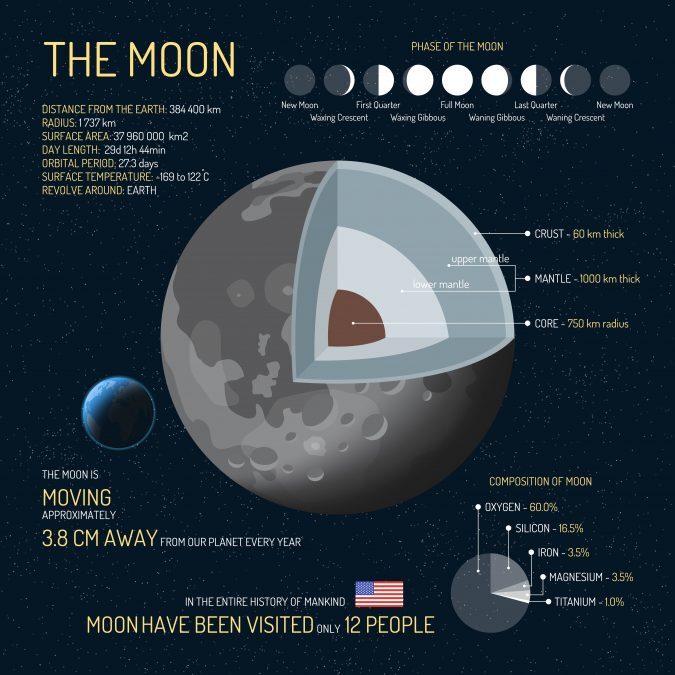
Facts about the moon
Think about it: The moon is the farthest distance humans have ever traveled. We haven’t set foot on Mars, Venus, or any other planetary body in the solar system.
So when space tourism expands to the moon, the location where the first moonwalk will make one exciting tourist destination.
Let’s think about some of the interesting facts about the moon that make it such a curious sight up in the sky.
1. The moon and Earth are similar
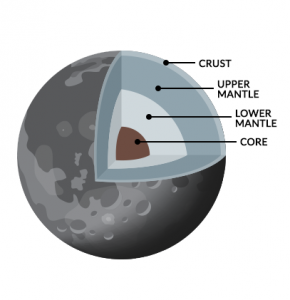
Earth has a fairly large moon. It formed at the same time that Earth did. If they formed at the same time, how much do they share in common?
Well, they both are spherical and have a mantle, a core and crust. From moonquakes, we know the moon has differentiated layers just like Earth.
The moon also has a similar composition to Earth’s outermost layer. This is because it’s believed that the early moon crashed into it clipping the Earth’s outer crust.
From here, the lighter material from early Earth is incorporated into the moon’s composition. They may have been similar long ago, but from this point forward they veered off in different ways.
2. The Earth is alive. The moon is not.
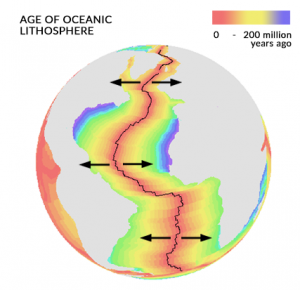
Earth’s surface constantly changes. It’s very much alive. But the moon’s surface does not change.
If you could speed up time on Earth, you would see rocks continuously cycling from the surface down into the deep interior of the planet and back up again.
From the remarkable process of plate tectonics, they collide and build mountains. Then, these mountains are only to be dismantled by the process of weathering, erosion, and transport.
“The moon does not have plate tectonics so nothing changes on the moon. That’s why we characterize the moon as a “dead” planetary body.”
3. There is no water on the moon
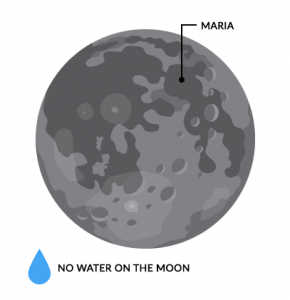
Long ago, early scientists believed they could see oceans on the moon so they called them “maria”. But the dark stretches on the surface of the moon were not oceans at all.
LUNAR MARIA: What the “maria” actually turned out to be were flat flood basalts. These formed during a period of volcanic activity 3 billion years ago.
There is no water on the moon. This means there is no chance that humans can ever colonize the moon. This is because we rely on water to live, and we can’t keep on bringing water there to live.
The Earth has water and wind as agents of erosion carving out landscapes. We have living organisms interacting with water from the hydrological cycle and weather. None of this is true for the moon.
4. The moon collided with Earth
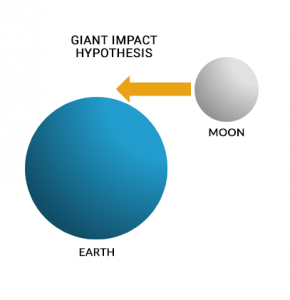
The moon has been a close companion for as long as Earth’s formation. Earth swallows up much of the impact. Molten debris goes into space. But gravity pulls it into a sphere which is our moon.
After the moon collided with Earth, it tilted it on its axis giving seasons. In tandem, they control tides, slow rotational speed, and stabilize Earth from wobbling.
It’s believed that the origin of the moon was when a smaller object clipped a larger one. The large object became the Earth and the smaller became our moon.
But what’s important is that the composition of the moon is made up of the lighter material from the Earth’s outer crust. It was from that glancing blow that the outermost fraction of Earth incorporated into the moon.
This explains the moon’s lower density. Also, it explains the smaller proportion of Fe and Ni lowering the strength of a magnetic field. The moon became a dead cinder of rock floating around, orbiting the Earth.
5. It’s covered in craters billions of years old
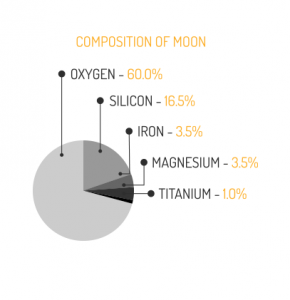
The moon’s crust is called regolith. This is just shattered rock on the moon’s surface. Anorthosite is abundant on the moon but rare on Earth. Regolith, anthracite, breccia, and mare basalt give the moon its grey color.
We can still see the craters on the moon from the debris that slammed into Earth during the late heavy bombardment stage. Like Mercury, the surface shows billions of impacts.
This was a violent time in the solar system’s history when scars were punched and scattered across the moon.
We are constantly being bombarded by small asteroids and comets. But rare events are larger events like formed our moon.
When the Earth was struck by an object the size of Mars, the debris clumped together and formed the moon.
6. The moon has eight major phases

If you pay close attention to the moon, you’ll notice that it changes every day. Sometimes, its shape is full, half, or just a sliver. From the new moon to the full moon, there are 8 major phases of the moon.
Because we always have a day and night on Earth, the sun always illuminates one side. Similarly, the sun illuminates the moon as it orbits the Earth.
We see this reflected light from Earth from different perspectives. Thus, it entirely depends on the angle the light reflects from the moon.
7. Ocean tides are caused by the moon
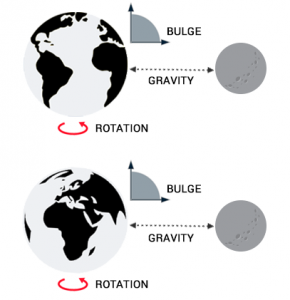
It’s not only rotation that causes Earth to flatten at the poles, but it’s also from the moon’s gravitational pull. Because the moon is close to the Earth, it stretches the planet where it’s facing.
When the Earth rotates, the bulge shifts on both sides of the planet according to the position of the moon. In full swing, this causes water levels to rise and fall which are ocean tides.
The sun has a lesser effect than the moon. Even though the moon is smaller, the moon is closer. So this means that it’s pulling stronger than the sun.
When the sun, moon, and Earth are all in line, this causes larger ebbing and flowing of tides and pulls on the oceans.
8. The moon has been visited by only 12 people
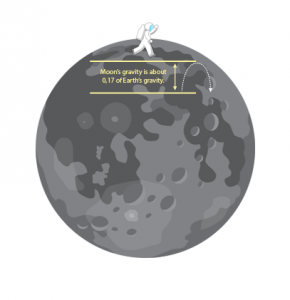
In the entire history of mankind, the moon has been visited by only 12 people. The first was Neil Armstrong who landed on the moon in 1969 during the Apollo-11 mission.
The moon is the only planetary body we visited. We brought rocks back and learned the composition of the surface.
It’s been littered with junk from previous missions. For example, it holds nearly 400,000 pounds of man-made junk.
There’s just one moon that orbits Earth. But if you stepped foot on Jupiter, you would see 63! Imagine trying to land a mission on each of those.
9. The moon’s gravity is 1/6 of Earth
The gravity of the moon is 1/6 of Earth which is too weak to hold onto an atmosphere. That means that a lack of atmosphere means the moon’s surface gets very hot (117°C) when facing the sun. But it also gets cold (-153°C) when facing away from the sun.
But the moon had tremendous effects in terms of altering Earth’s climate. For example, the early Earth spun so fast that a day lasted just 6 hours. Eventually, the moon helped in slowing Earth’s rotation from 6 to 24 hours.
Next, the moon helps Earth steady. The gravitational pull on our products helps them from wobbling. In turn, this prevents wild and abrupt climate swings.
Finally, the giant impact collision tilted Earth on its axis. Ultimately, this tilt is the primary cause of seasons on our planet.
Fast facts about the moon
From its temperature to its composition, here are some quick facts about the moon.
- Distance from the Earth: 384,000 km
- The moon’s radius is 1737 km, which is about 1/4 the size of Earth (or 27% in diameter)
- Surface Area: 37,960,000 km2
- Day length: 29d 12h 44min
- Orbital period or length of day in Earth days: 27.3 days
- Surface temperature: -169 to 122°C
- Crust: 60 km thick, Mantle: 1000 km thick, Core: 750 km radius
- Composition of the moon: Oxygen: (60.0%), Silicon (16.5%), Iron (3.5%), Magnesium (3.5%), Titanium (1.0%)
- The moon is moving approximately 3.8cm away from our planet every year
- The origin of the name is from the Anglo-Saxon word “Mona” for the moon
- Diameter: 3476 km
- The average distance from the moon to Earth is 360,000 km
- Moon’s gravity is about 0.17 of Earth’s gravity
- Moon’s orbit speed is 3600 km per hour
- 7.0 x 1022 kg (0.0123 Earth’s mass)
- 3476 km wide (about 1/4 of Earth)
- Moon’s temperature ranges from -173°C to 127°C
- The moon is Earth’s only natural satellite, meaning it revolves around the Earth just like the Earth revolves around the sun

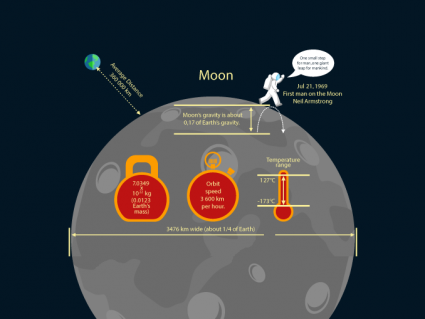
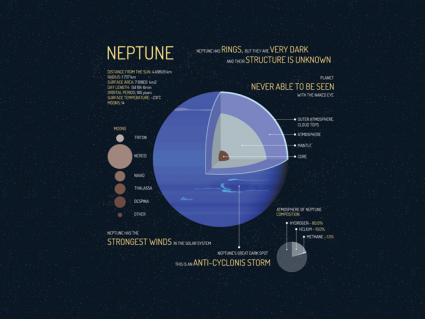
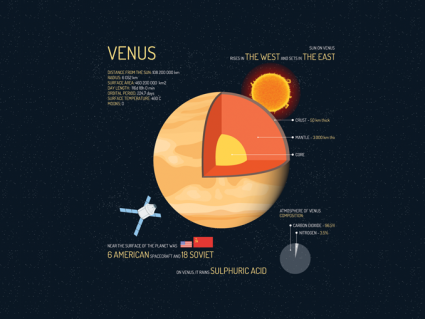
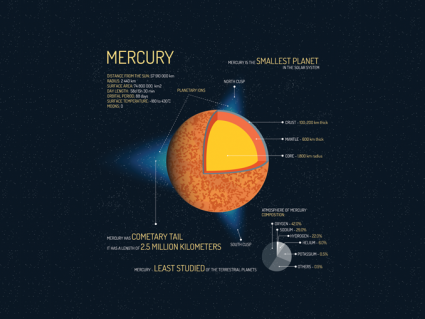
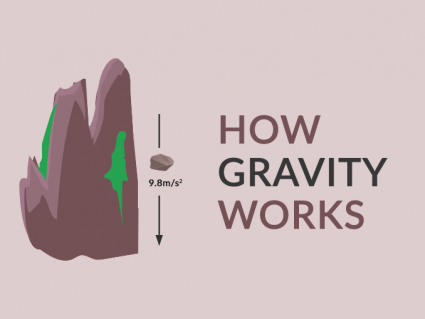
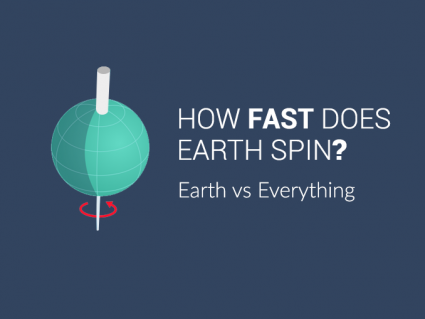
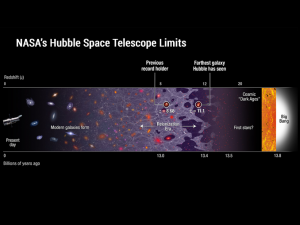
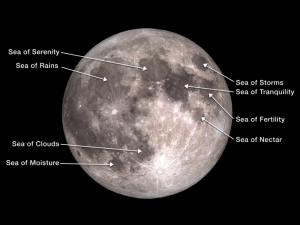

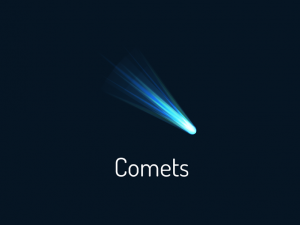


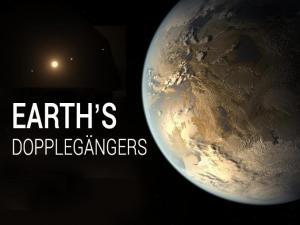
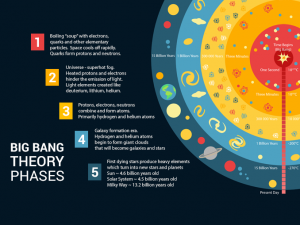
Leave the Moon alone, we can’t even look after earth.
Thank you for the amazing facts
Great moon content
I appreciate the content of this article. However, did anyone proofread it before posting it? I find a little redundancy here.
We now know that there is actually water on the moon! It’s been found in the form of ice within permanently shadowed craters at the moon’s poles (primarily the south pole). There’s likely enough there to sustain a colony and spaceport. This has been detected by satellite instruments in orbit around the moon, so NASA’s next moon lander will go there to confirm this on the ground.
The gravity of the moon is 1/6 of Earth which is too weak to hold onto an atmosphere. That means that a lack of atmosphere means moon’s surface.